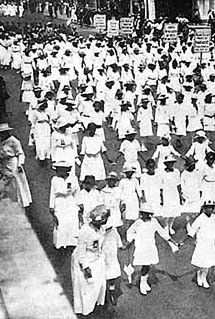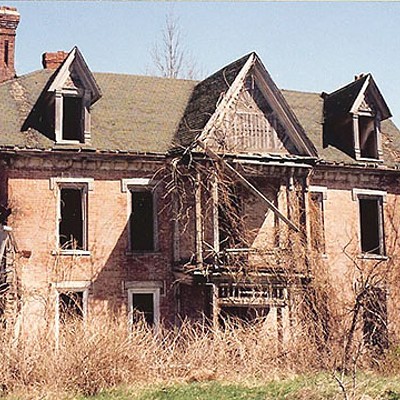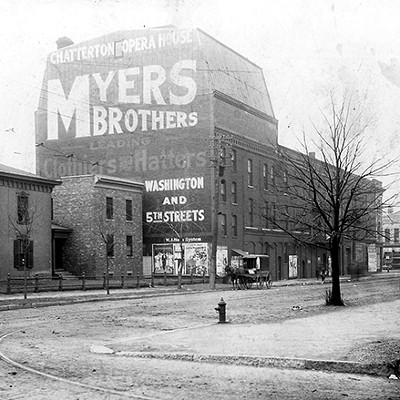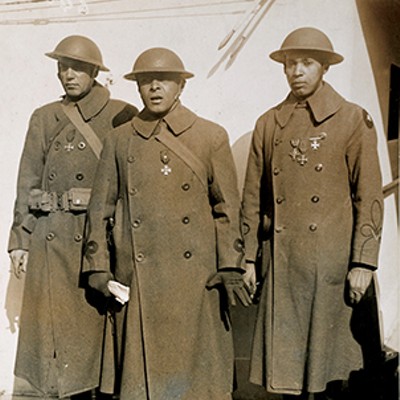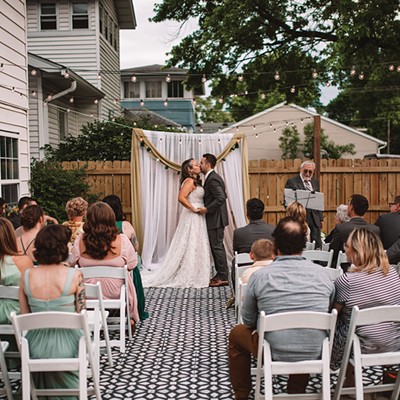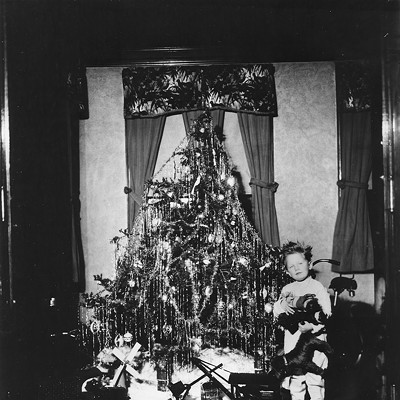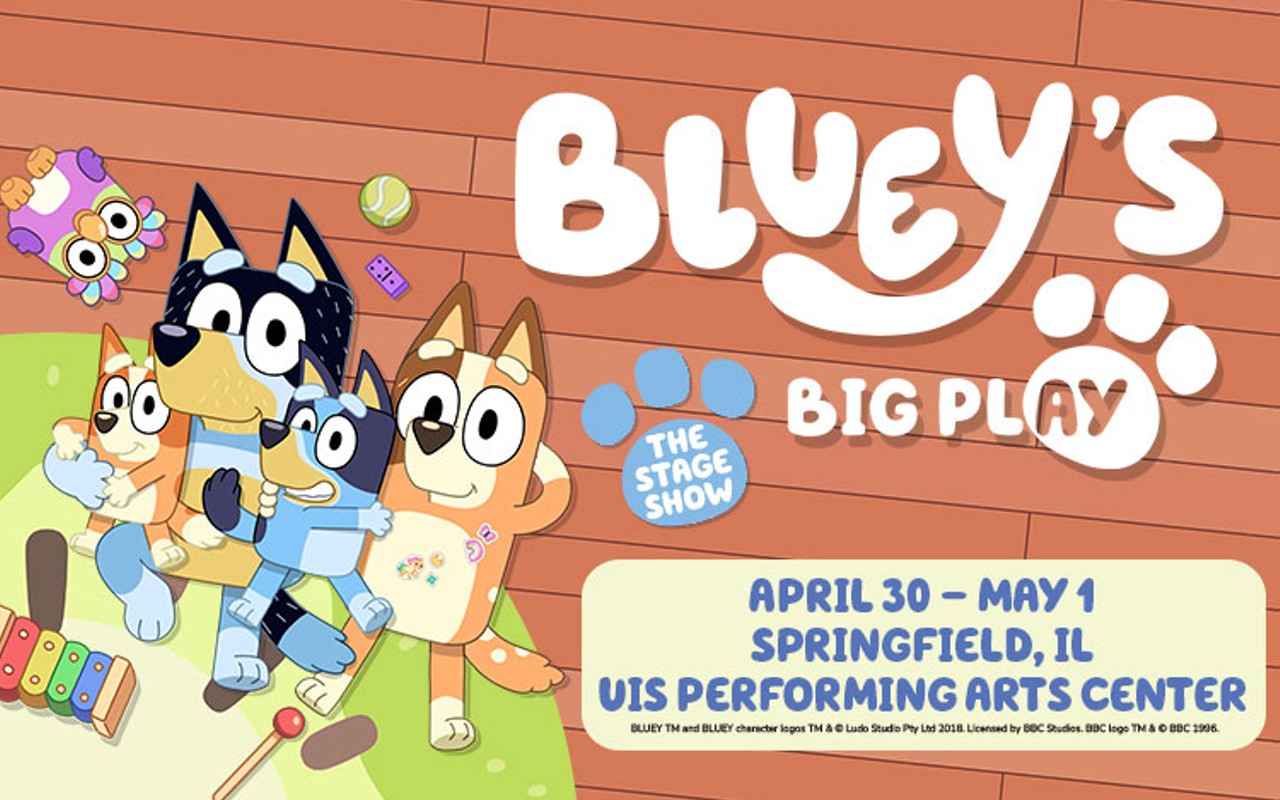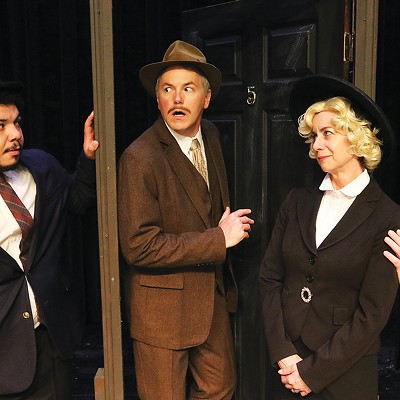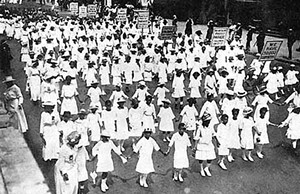
Last week marked the 100th anniversary of Springfield's race riots. They left our city with a legacy we will never outlive and perhaps never overcome.
As Springfieldians struggle with that legacy, especially this year, it's helpful to put our city's riots into a national context, to understand how they fit into the broader history of race riots.
Roberta Senechal de la Roche wrote what many consider the definitive book of Springfield's riots. Originally published in 1990 as The Sociogenesis of a Race Riot, it's been reissued with a new preface and title for the centennial: "In Lincoln's Shadow: The 1908 Race Riot in Springfield, Illinois" (2008, Southern Illinois University Press).
De la Roche is a history professor at Virginia's Washington and Lee University. She has studied collective violence (lynchings, race riots, terrorism, and vigilantism) around the world for more than 20 years.
Race riots have broken out in large and small cities since pre-Civil War days, but primarily in the North, not the South, she says.
Southern expressions of racial tension were
lynchings, "violence against one person — the alleged
wrongdoer, and no others." Conversely, northerners had race riots,
where mobs "indiscriminately" attacked property, the alleged
offender, and anyone associated with the offender's race.
In the first decade of the 1900s several race riots broke out in northern cities including: Springfield, Ohio, (it had two); Springfield, Mo.; Springfield, Ill.; Evansville, Ind.; and New York City. Newspapers "hardly" covered riots in the other cities, according to de la Roche.
"(One) reason the Springfield riot is famous is because of the extent of property damage. There was much more damage…than in virtually all of the other riots of that first decade," she says.
Of course, the other reason is our history.
"The press is pretty clear in 1908; what shocked them was this was
Lincoln's town and the capital of the state, where the seat of law
and justice and order is," she says.
Besides that and the high property damage, Springfield's riots were similar to those before and during the first decade of 1900, in that all had a goal of "getting rid of the black community." The rioters burned black businesses and homes, and threatened blacks to leave town, which makes it "very clear that Springfield falls into the expulsion style of riot," de la Roche says.
Riots got worse in the north after that. During World War I, rioters still inflicted a lot of property damage, but their attacks on blacks became more indiscriminate, brutal, and numerous. "The casualty figures and brutality (of later riots) far outshadow any of the earlier 20th century riots, including Springfield's," according to the historian.
"White rioters in Springfield showed a perverse
chivalry," she says. "If they came upon a house and there was a
black woman in it, they'd ask her to leave and let her escape before
they burned her home down."
But in East St. Louis in 1917, rioters destroyed about 300 buildings and killed between 40 and 100 blacks, including women and children. "They were cutting throats, trampling women and children in the streets" and burning them in their homes, according to de la Roche.
This was one of "dozens and dozens" of race riots in the North during World War I. Another was in Tulsa, Okla., in 1921: 30 to 250 blacks (including women and children) were killed, at least 200 injured, and more than 1,100 black homes destroyed and 300 looted.
"Springfield (in 1908) was not an exceptional
place," de la Roche says. Conditions here were much like other cities
where riots occurred. Race relations were "not good," the
economy was good, politics were stable, and there was no "political,
job or housing competition between blacks and whites."
De la Roche analyzed who comprised Springfield's rioters, to get insights about why they rioted. Like in other cities, she feels Springfield's mob rioted to avenge blacks' real or alleged crimes. De la Roche believes Springfield rioters were avenging the alleged rape of a white woman (Mabel Hallam, who later recanted) and the murder of a white man (Clergy Ballard), because a "disproportionate" number of rioters were co-workers, friends, neighbors, and relatives of Hallam, Ballard, and their families.
"Springfield probably would not have had a race riot had not (Hallam's alleged rape and Ballard's murder) occurred," she says.
If only.
Roberta Senechal de la Roche will speak at the Abraham Lincoln Presidential Museum September 11, 7 p.m. about Springfield's race riots. The event is free; reservations are required: (217) 558-8934.

